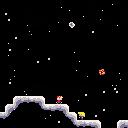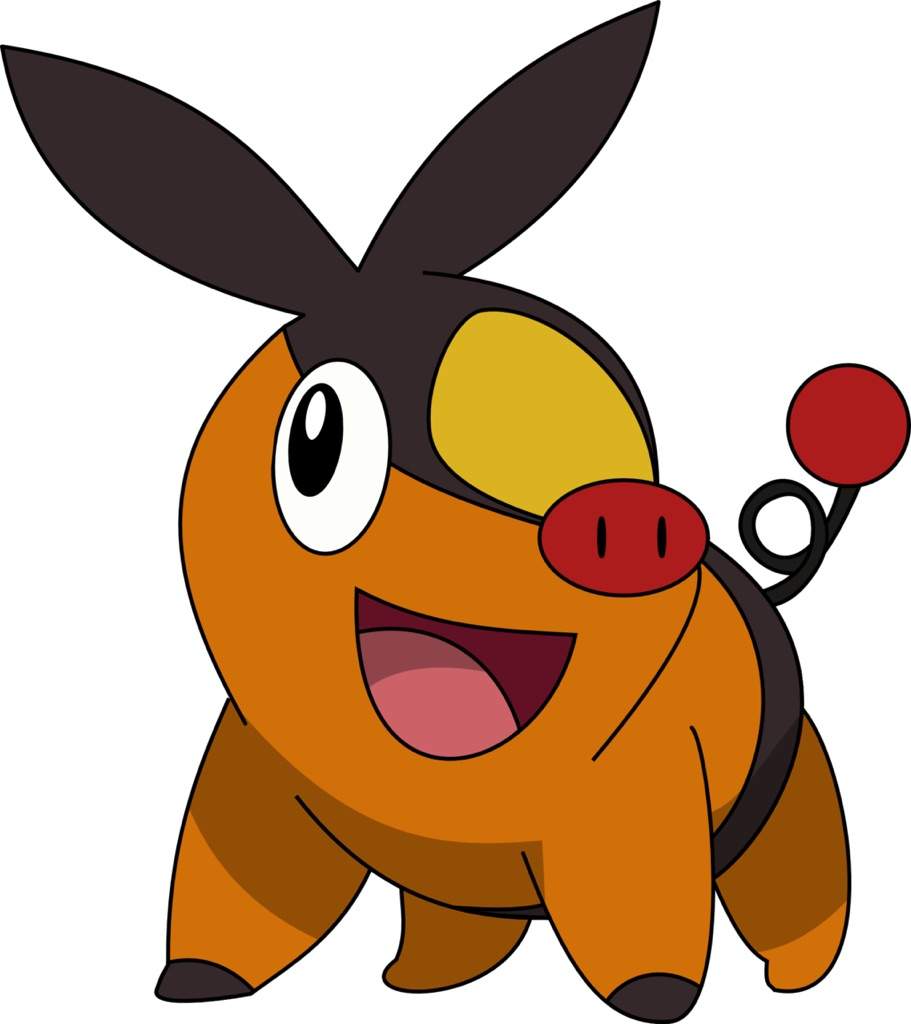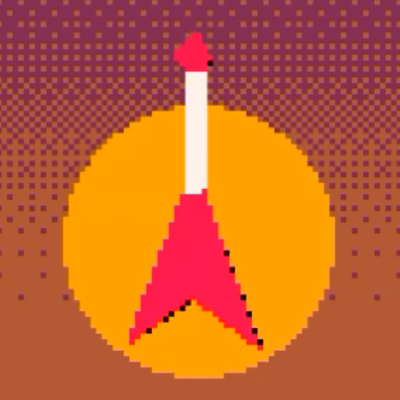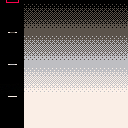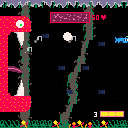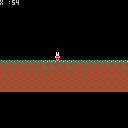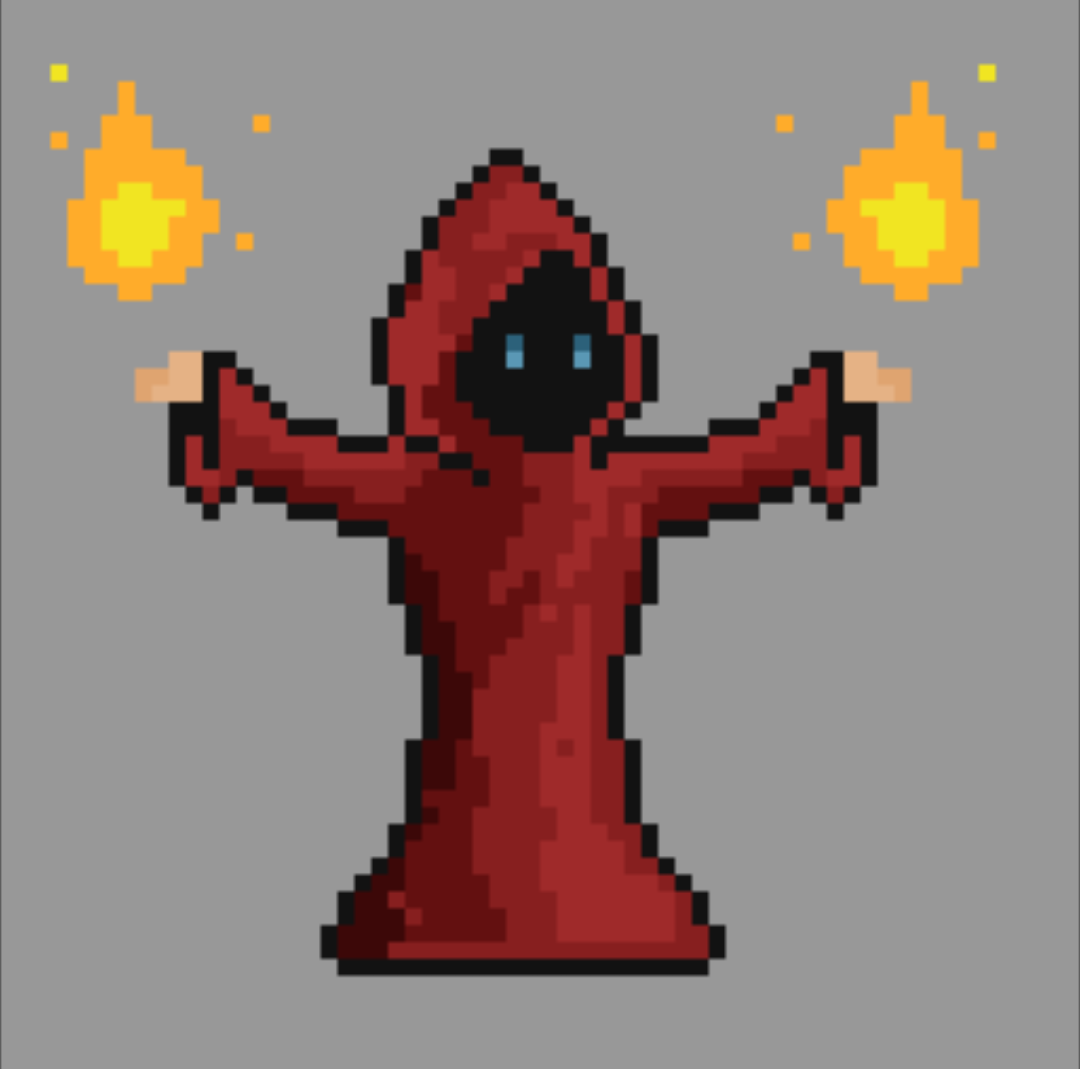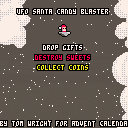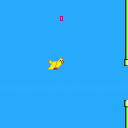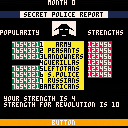Inspired by Palette-Maker. This is a tool to create dithered 32-colour gradients. Mainly for my own use with my 3D lighting system, but I figured maybe someone else will find this useful.
The interface currently technically allows you to use more than 16 different colors, but of course, PICO-8 can't actually render that. I could fix that, but the simplest fix is that you just don't do that :)
Exports the gradient steps (on a scale of 0-127) and colors into the clipboard as Lua tables, without braces, like this:
gradsteps=0,32,64,96 gradpal=0,5,6,7 |
Of course, this doesn't work on the browser, so run locally. You can use my code to render the gradient, or write your own. dw817 has written an

Thought I would share some code I've been using for my pico-8 game. It's a simple class library that also includes inheritance.
139 Tokens
617 Characters without comments
How to Use:
Create a new instance with function "new".
The first variable is always the table that holds all the variables, 2nd and onwards are used for the function "__init('table','...')"
Example:
player:new({variablea=1,variableb=2},initarg1,initarg2) |
Variables are copied over just fine, however for tables if you don't want each instance to share the exact same table with each other then I would recommend defining them in the function "__init('table','...')".
Example:
--do this
function newclass:__init(varc,vard)
self.vartable={varc,vard}
self.varemptytable={}
end
--if you don't do that then
instance1.varemptytable==instance2.varemptytable |
When creating a class, you can inherit from other classes upon it's creation by simply including classes after the first argument.
Example:
newclass=cwi:new({vara=3,varb=4},classtoinheritfroma,classtoinheritfromb) |
You can also inherit from other classes by running function "inherit('...')".
Classes have an "init" function that is run every time a new instance is created.
Classes that have been inherited from will NOT run their function "init('...')" upon creation of a new instance.
Function "oftype('class')" allows you to check each if one class is of the type of another.
Classes that have been inherited will also return true for function "oftype('class')".
Finally I present the code:
--Classes With Inheritance!
cwi={}
cwi.__index=cwi
function cwi:__init(...)
self.__types={}
if #{...}>0 then self:inherit(...) end
self.__init=function() end --create an empty function so all classes function "__init" doesn't inherit
end
function cwi:new(r,...)
r=r or {}
r.__index=r
setmetatable(r,self)
if r.__init then r:__init(...) end
return r
end
function cwi:inherit(...)
local function c(a,b)
for k,l in pairs(b) do
if not a
[ [size=16][color=#ffaabb] [ Continue Reading.. ] [/color][/size] ](/bbs/?pid=70752#p) |
I rushed home to post this on time before passing to the next day and therefore skipping my daily post. Yesterday I was reading through this awesome Pico-8 guide:https://mboffin.itch.io/gamedev-with-pico-8-issue1
Managed to draw my first sprite and coding my first engine which was one very simple and all I could do was to move the sprite with the arrow keys around the screen. I learned about the Pico-8 console and how to switch between the terminal and the editing mode and getting familiar with the different tools it provides.
Very straight forward learning experience so far, Lua feels very familiar and very easy to comprehend if you're familiar with any other programming language.
Time to learn more about Pico-8, later guys.
Credits to @MBoffin for inspiring me to code this too
Controls:
- Press X to toggle Autopilot / Manual Control
- Left arrow key -> turn cclockwise
- Right arrow key -> turn clockwise
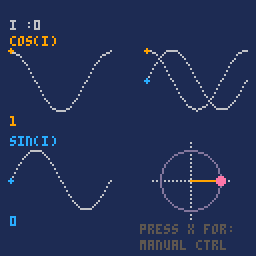



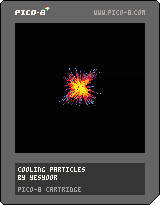
Inspired by @dw817
Controls:
-Arrow Keys to move

// comment cls() call in draw method for those effects:
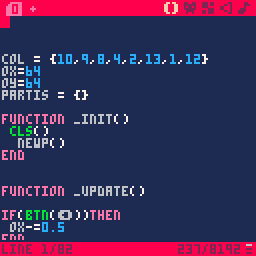
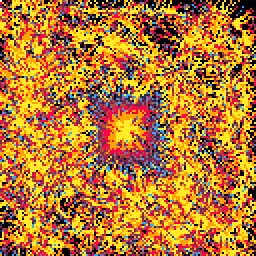


(v01 12-08-22)
TO LOAD THIS PICO-8 CART, in immediate mode, type:
load #xmascard
VVhat's new ?
Gruber, one of the the resident Pico-8 musicians came through, was very kind to me, wrote to me on his page, and offered what I could use for my Christmas project here. How wonderful !
-- 12-08-22
-- + used extended memory to
assist in the opening of
the card.
-- 12-08-22
-- + improved speed of
-- scrolling text.
-- 12-08-19
-- + added changing wind
-- direction.
-- 12-09-19
-- + added 3d card opening
-- graphic. tricky stuff.
The music that I wrote I am keeping (the post after this one). It's a curious method to be sure where all notes are the same length and some are repeated in different octaves to maintain the flow of the song.

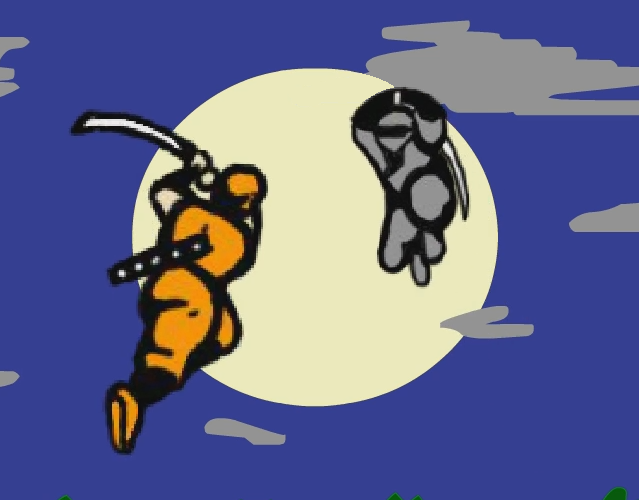
Ok, here's the bug fixed version 1.01 of Pico Dictator.
This is a pico-8 demake of one of my childhood memories, the turn based strategy game "DICTATOR" for the Sinclair ZX Spectrum.
I didn't recreate it 100% but instead tried to recreate the look and feel of the game (I added some more graphics etc). The internal engine for the game rules though should be nearly identical.
In DICTATOR you are the ruler of the African banana republic Ritimba and you need keep the different factions of the country - the army, the peasants and the landowners - happy while working tightly together with your secret police. Other parties you need to manage are the guerillas, the neighbor Leftoto, the Russians and the Americans.
... The entire Metroid map, converted to the PICO-8 palette and 8x8px sprites @.@
https://www.uomni.com/img/metroid.pico.edited.png
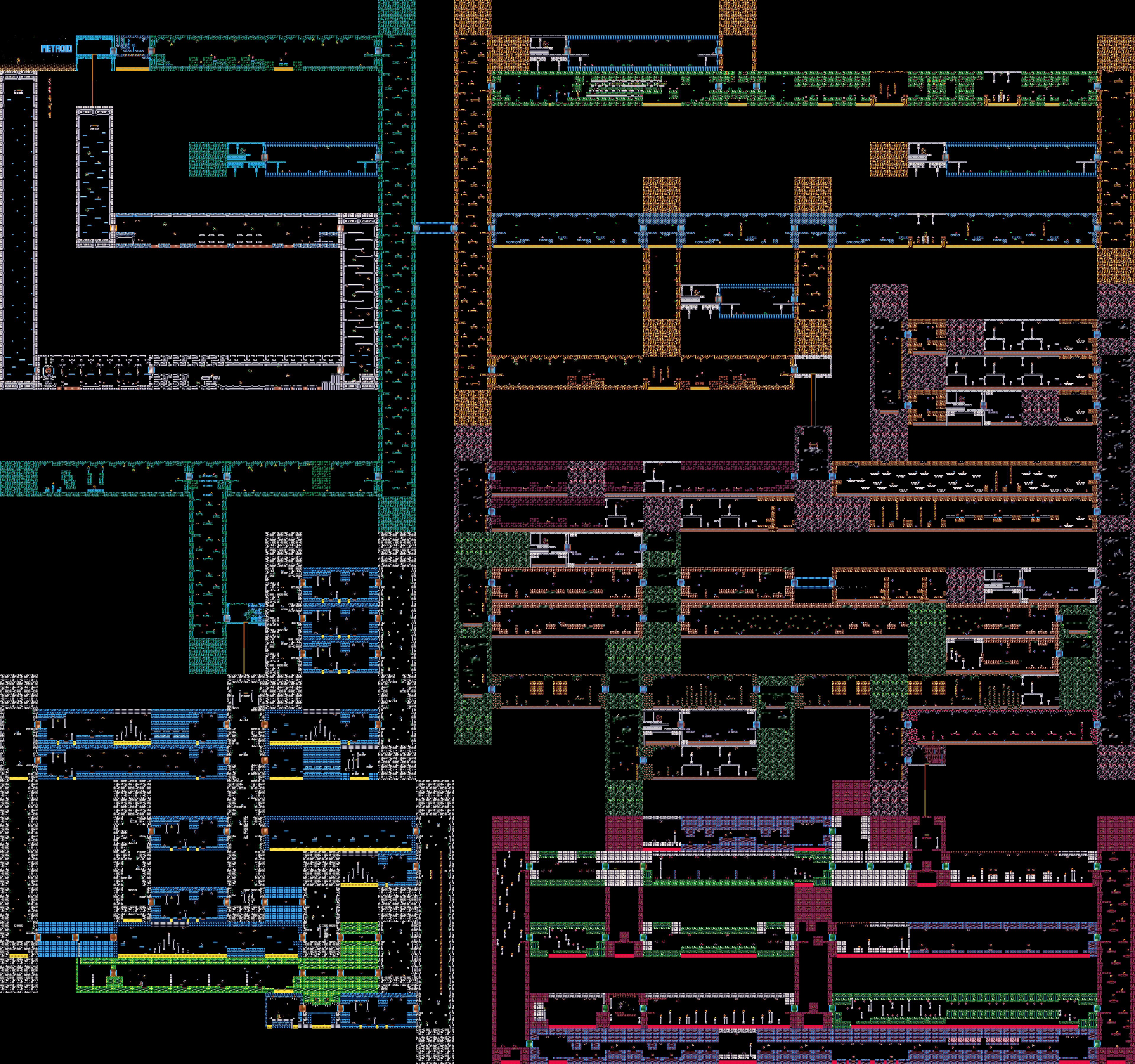


Hello all!
Finally purchase Pico-8 and quite excited to get started, I have limited coding experience to be honest but I've dabbled in many languages (Mainly Python, BASIC and a little C#) and read several books on computer architecture so hoping this might be a 'not too big' jump into the video gaming world.
I have read a variety of posts about Pico-8 now and am excited to get started however a few questions have cropped up if anyone thinks they could help!
1) I love the idea of limitations with the console however I like the idea of being able to start small and watch it grow, how tight are the limitations in practise and are there any work arounds if I get going?
2) The game I want to design at some point down the line is basically a small version of The Sims...my thoughts are it will be set in one house or maybe a very small town where you go to work, buy furniture and gradually upgrade a few skils. Ofcourse naturally I would scale down on each aspect to include what hopefully sums up the franchise. I'm thinking game length and interest would be held by keeping the map/world small but adding features to a small base. The question here really is do you think this kind of project would be doable with the tools/limitations of Pico-8.

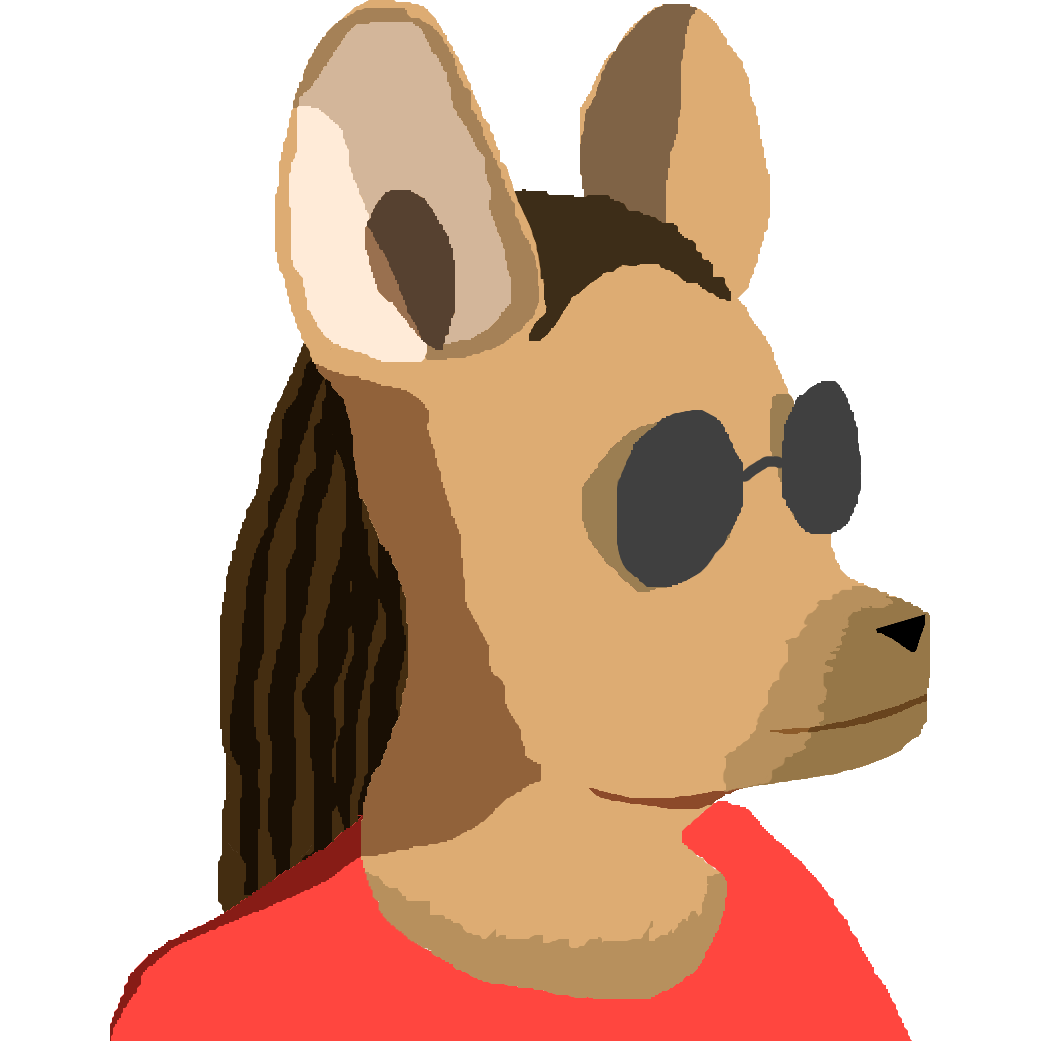
This is my first day here, I got Pico-8 from a humble bundle and been thinking about getting into it for a while, I set up everything to start with it a couple of days ago and TODAY I will start reading some tutorials because I know nothing about how to code in Lua but I'm always up for a challenge.
So let's see how far I can reach this day.








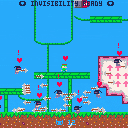
 2 comments
2 comments


